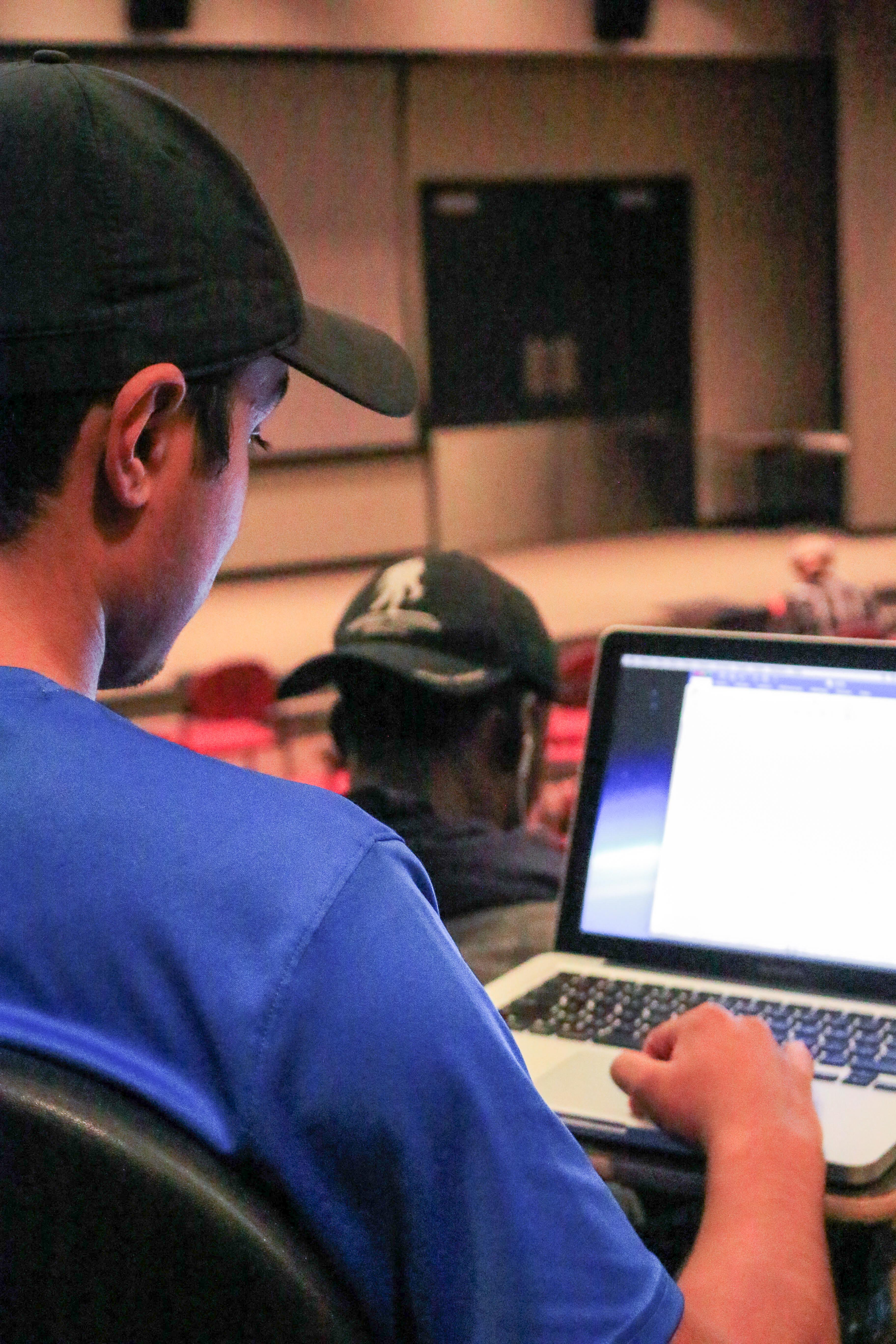When implemented correctly, technological devices can be effective aids in classroom learning.
From laptops to tablets, a variety of devices exist to assist college students in note-taking. Currently, the decision to allow the free use of technology by students during class time is made by the professor, but it is usually left to the student to make that choice.
Students that choose to take notes digitally are often told that taking notes by hand is more effective.
In the research article “The Pen is Mightier Than the Keyboard,” published in the Association for Psychological Science, researchers found that by copying material verbatim, students that took notes digitally missed out on the processing and paraphrasing of information that happens when taking notes by hand.
What this means is that while more information is recorded by students taking notes on laptops, less of the information is consciously interpreted.
Despite the potential drawbacks in digital note taking, it is still a highly popular method of transcribing information and I believe that when the format is used correctly — and students have the self-control to not use their devices to browse the internet during class — it can also be effective.
The advantages of digital note taking, such as easier organization, faster writing speed and ease of access, make it worth using a laptop to take notes. In order to encourage actual processing of the information, and to study the material, students should take handwritten notes from their digital notes, focusing on key concepts and definitions.
Students could also make flashcards, use Quizlet, or use the information they copied from the lectures in any way to facilitate a deeper understanding of the concepts. Simply rereading the notes is not enough.
A possible middle ground between laptop and longhand could be the use of tablets to take notes by hand. By using a stylus to write on the tablet, notes are taken at longhand speed but with the added features allowed by digital note-taking.
Specialized note-taking software such as OneNote could also enhance notes taken digitally by formatting information and allowing the addition of details from the internet.
Alongside the use of laptops during class is the use of smartphones. Without the ability to take notes, it is usually assumed that a student using a phone during class is not paying attention and the use of phones, in general, is discouraged.
Despite the ability for phones to be a distraction, they can also be used for interactive activities. By using visual learning apps, such as Socrative, entire classrooms could answer questions about material together, which could potentially allow professors to see what material needs to be addressed further.
The future of using technology in class rests solely on the ability of students and faculty to effectively use it to further enrich the college experience, instead of acting as a distraction.

